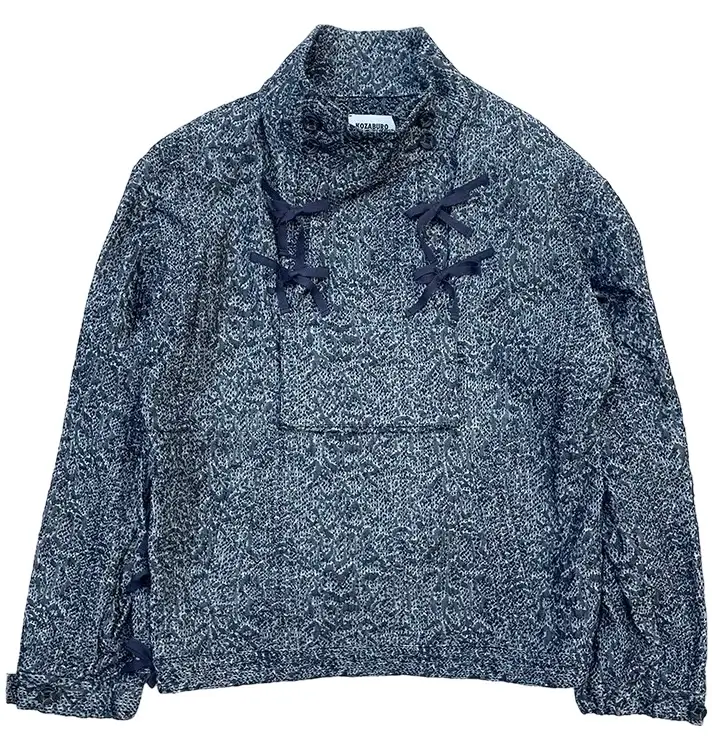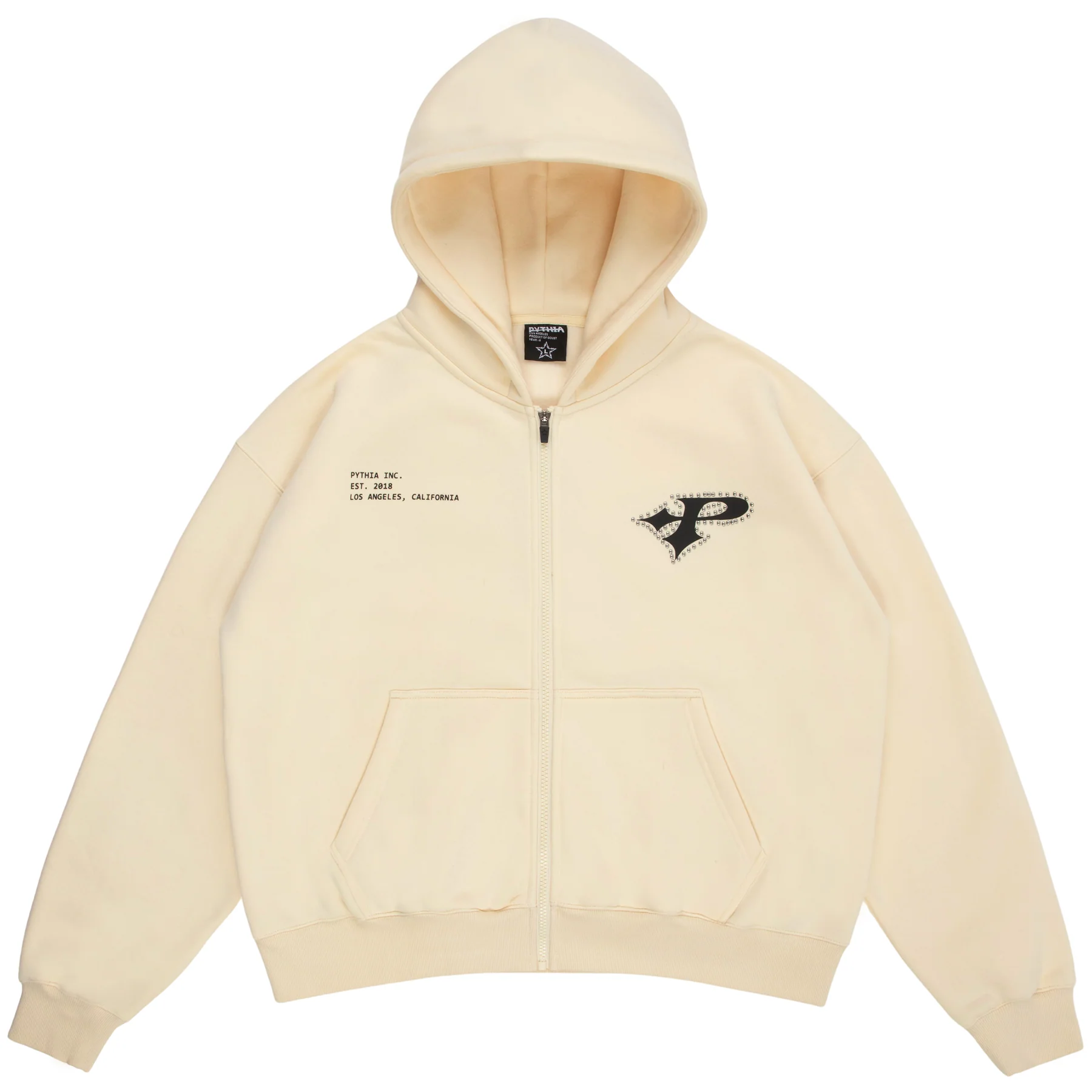Missoni, founded by Rosita Missoni and her husband Ottavio Missoni in 1953, is a brand that has become synonymous with vibrant color, geometric patterns, and innovative knitwear. From humble beginnings in Italy to international fame, the Missoni brand represents a unique intersection of craftsmanship, fashion innovation, and Italian heritage. Over the decades, the Missonis have turned their label into an iconic name in the fashion world, influencing trends and shaping the perception of luxury and elegance.
Founding and Early Years of Missoni
The story of Missoni begins in the small Italian town of Sumirago, where Ottavio, an athlete and textile expert, and Rosita, a passionate fashion enthusiast, created their first collection of clothing. The couple’s venture into the fashion world was born out of their love for textiles, especially the art of knitting. Ottavio’s deep knowledge of the weaving process combined with Rosita’s artistic vision formed the foundation of Missoni’s distinctive style.
Initially, their collection was comprised of simple, well-made garments, but soon their signature colorful knitwear, featuring vibrant shades and bold patterns, caught the attention of fashion insiders. Unlike the monochromatic designs of other brands at the time, Missoni’s creations were alive with color and energy. The couple’s first breakthrough came when they were invited to showcase their designs at the Milan Fashion Week in 1958. This was a pivotal moment for the brand, marking the beginning of Missoni’s rise to prominence on the global fashion stage.
The Signature Missoni Style: Geometric Patterns and Fiammato
Missoni’s innovation lay not just in the quality of their materials but in their ability to incorporate bold colors and geometric patterns into their knitwear. The brand’s distinctive aesthetic centers around dynamic, eye-catching designs that feature complex patterns of zigzags, stripes, and waves. One of the most recognizable motifs is the fiammato, a fiery zigzag pattern that has become synonymous with Missoni.
The fiammato motif, which translates to “flame-like” in Italian, was a revolutionary design that captured the essence of movement and vibrancy in textile art. The zigzag pattern represents an unpredictable yet harmonious flow, much like the waves or flames of nature. This innovative design became a hallmark of Missoni’s collections, elevating the brand from a local Italian label to a recognized force in international fashion.
Knitwear, once seen as a humble material, was transformed by Missoni into an art form. The brand’s ability to blend knitwear with high-fashion aesthetics was groundbreaking. Missoni’s garments, which included sweaters, dresses, skirts, and scarves, began to carry a sense of luxury while maintaining an element of casual ease. Their use of lightweight yet durable materials allowed for wearability across seasons, making them a favorite of both daywear and eveningwear markets.
The Spread of Missoni’s Trend
In the 1960s and 1970s, Missoni’s designs captured the spirit of the times. As the world underwent rapid social change, Missoni’s vibrant, unconventional colors and dynamic patterns offered a new approach to fashion that felt in tune with the era’s sense of freedom and expression. Their garments were not just clothing; they were a statement of individuality and self-expression. Missoni’s designs soon graced the wardrobes of celebrities, including Audrey Hepburn, Elizabeth Taylor, and Catherine Deneuve. The brand became synonymous with luxury, but also with the relaxed, bohemian spirit of the 1970s, which embraced eclecticism and personal style.
Missoni’s success also spread internationally through the burgeoning concept of ready-to-wear fashion. The brand began expanding into international markets, particularly in the United States, where its colorful knits became a favorite of the fashion elite. Missoni’s presence in high-end department stores and specialty boutiques helped solidify its status as a global fashion icon.
In the 1980s, the brand expanded its offerings to include accessories such as bags, shoes, and home goods, all of which featured the same intricate patterns and signature color palettes. This diversification allowed Missoni to further cement its reputation as a lifestyle brand, offering a complete look for those seeking both fashion and interior design. Missoni home collections, in particular, became known for their bold use of color and pattern, bringing the brand’s signature aesthetic to the living space.
Brand Evolution and Continued Legacy
After the passing of Ottavio Missoni in 2013, Rosita continued to lead the brand, preserving the core principles of the Missoni legacy while evolving it for new generations. Today, Missoni remains a family-run business, with Rosita’s children—Angela Missoni and Luca Missoni—taking on important roles in the company. Angela, in particular, has maintained the brand’s status as one of the top luxury fashion houses, while also modernizing its approach to marketing and collections.
Missoni’s commitment to heritage and craftsmanship continues to define the brand. Despite the challenges of an ever-changing fashion industry, Missoni has remained true to its roots, with its collections continuing to feature the vibrant colors, distinctive patterns, and high-quality knits that made the brand famous. However, the brand has also kept up with the times, expanding into new markets such as sportswear and collaborations with other brands, allowing Missoni to reach a broader audience.
The Missoni brand has evolved but has never lost sight of the core values that Rosita and Ottavio instilled in it. Their emphasis on craftsmanship, innovation, and bold design continues to drive the brand forward, while the company’s deep connection to Italian heritage and the tradition of textile arts ensures that Missoni will always stand out in the world of high fashion.
Missoni’s Influence on Fashion and the Wider Culture
The Missoni brand has had an undeniable impact on the fashion industry. Their use of color and pattern has inspired countless designers, and their ability to elevate knitwear into the realm of luxury has reshaped how knit fabrics are perceived in high fashion. Beyond the runway, Missoni’s aesthetic has seeped into popular culture, influencing interior design, film, and even the music world.
The Missoni zigzag pattern has become iconic, and its influence can be seen in the work of countless designers who have drawn from the brand’s legacy. The brand’s focus on innovative textiles and vibrant color combinations has also opened the door for experimentation in fabric design and knitwear techniques. Missoni’s embrace of eclecticism and individuality has inspired both designers and consumers to embrace personal style and move away from traditional fashion norms.
Impression
Missoni is a brand with a rich heritage, and its story is one of passion, innovation, and a commitment to excellence. From its humble beginnings in post-war Italy to its rise as a global fashion powerhouse, Missoni has changed the way the world thinks about color, knitwear, and pattern. The zigzag motif, the brand’s signature symbol, represents not only a timeless design element but also the spirit of the brand itself—vibrant, bold, and always ahead of its time.
Today, Missoni remains a symbol of Italian craftsmanship and style, blending traditional techniques with modern sensibilities. The Missoni brand continues to influence fashion, interior design, and culture at large, ensuring that its legacy will live on for generations to come. The Missoni family’s ability to maintain the brand’s heritage while adapting to new trends is a testament to their lasting influence in the world of luxury fashion.
No comments yet.








